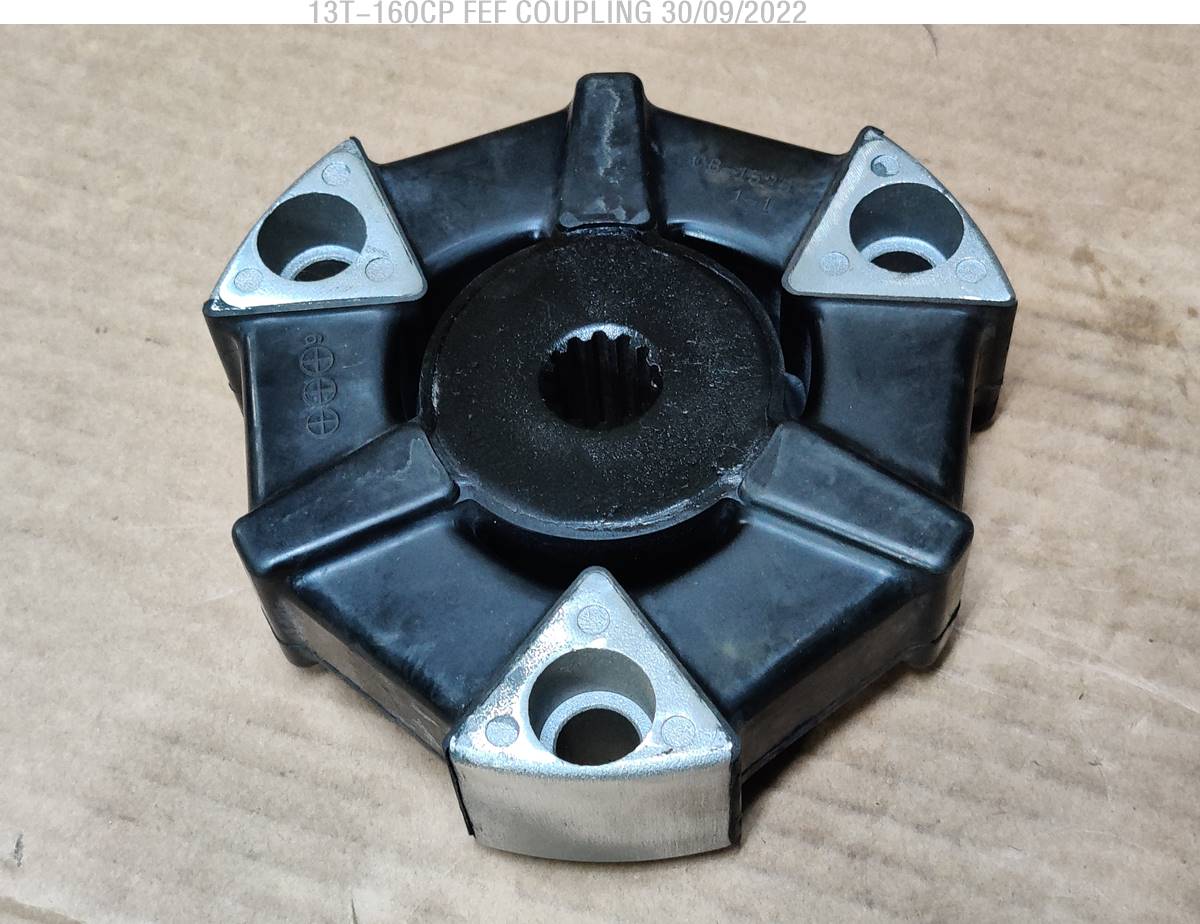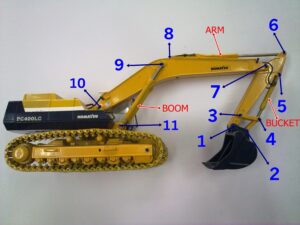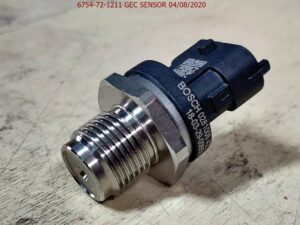MAIN PUMP COUPLING
The main pump coupling in various contexts, such as in industrial machinery or automotive systems, serves the vital function of connecting the power source (such as an engine or motor) to the pump shaft. This coupling transfers mechanical power from the source to the pump, enabling it to operate and perform its intended function, which could be anything from pumping fluids in an industrial setting to circulating coolant in a vehicle’s engine.
Here’s how it generally works:
Connection: The main pump coupling physically connects the drive shaft of the power source (like an electric motor or an engine) to the input shaft of the pump.
Transmission of Power: When the power source is activated, it generates rotational energy. This energy is transmitted through the main pump coupling to the pump shaft, causing it to rotate.
Efficiency: A good coupling design ensures efficient transmission of power, minimizing energy loss due to friction or misalignment.
Flexibility: In many cases, the coupling allows for a degree of flexibility. This is important because it can accommodate slight misalignments between the driving and driven shafts, reducing wear and tear on the components and prolonging their lifespan.
Dampening Vibrations: Some couplings are designed to dampen vibrations that may occur during operation, which helps to protect the machinery and improve its longevity.
Maintenance and Replacement: Periodic maintenance of the coupling, such as lubrication and inspection for wear, is essential to ensure its proper function. If a coupling becomes worn or damaged, it may need to be replaced to prevent further damage to the machinery.
Overall, the main pump coupling is a critical component that facilitates the transfer of power from the source to the pump, allowing the pump to perform its intended function efficiently and reliably.
EX200, EX220, ZX200
PC200, PC210, PC220
SK200 , SK210 , SK220 , SK230 , SK250
SH200 , SH210, SH220
R210, R220,
S220, DH220
EC210, EC220 , EC250




